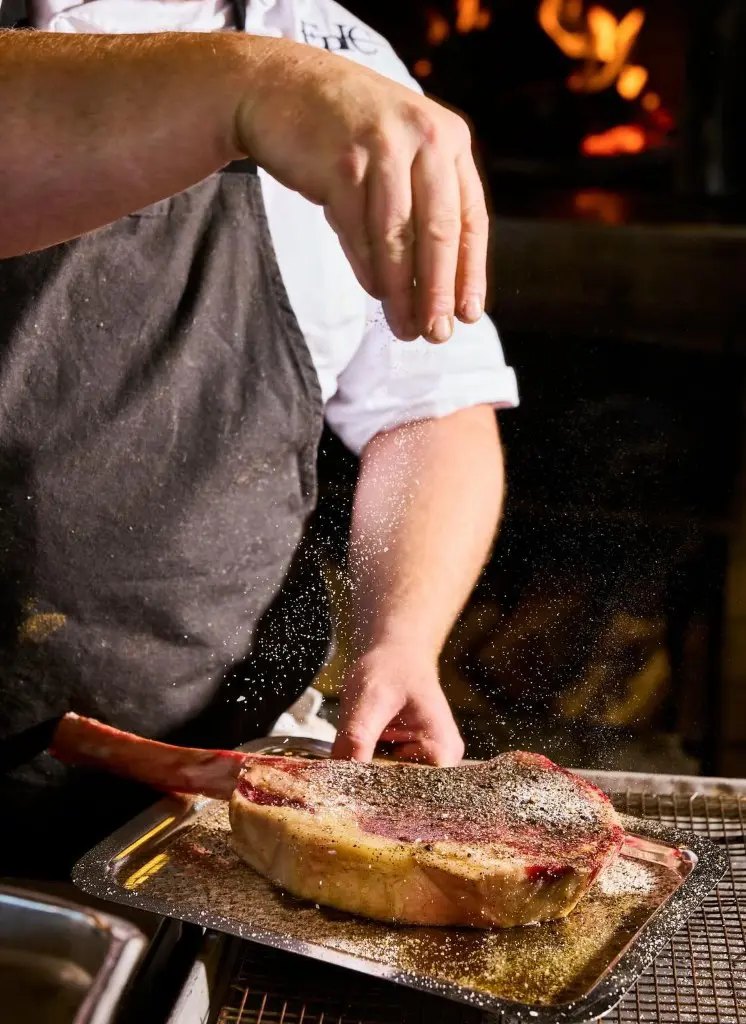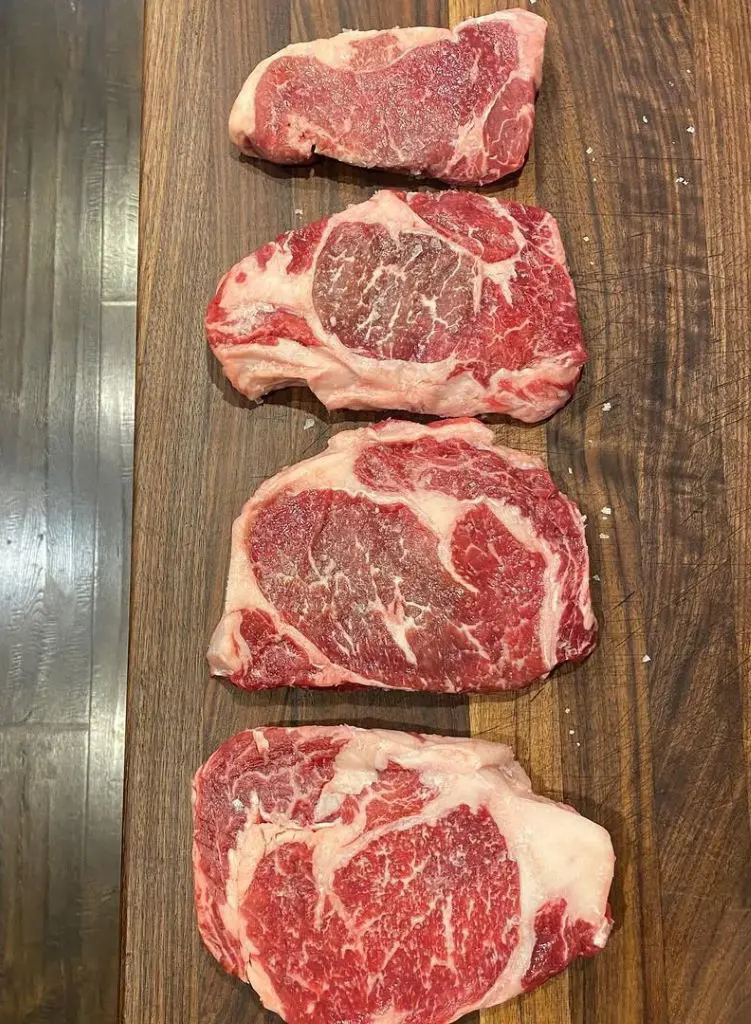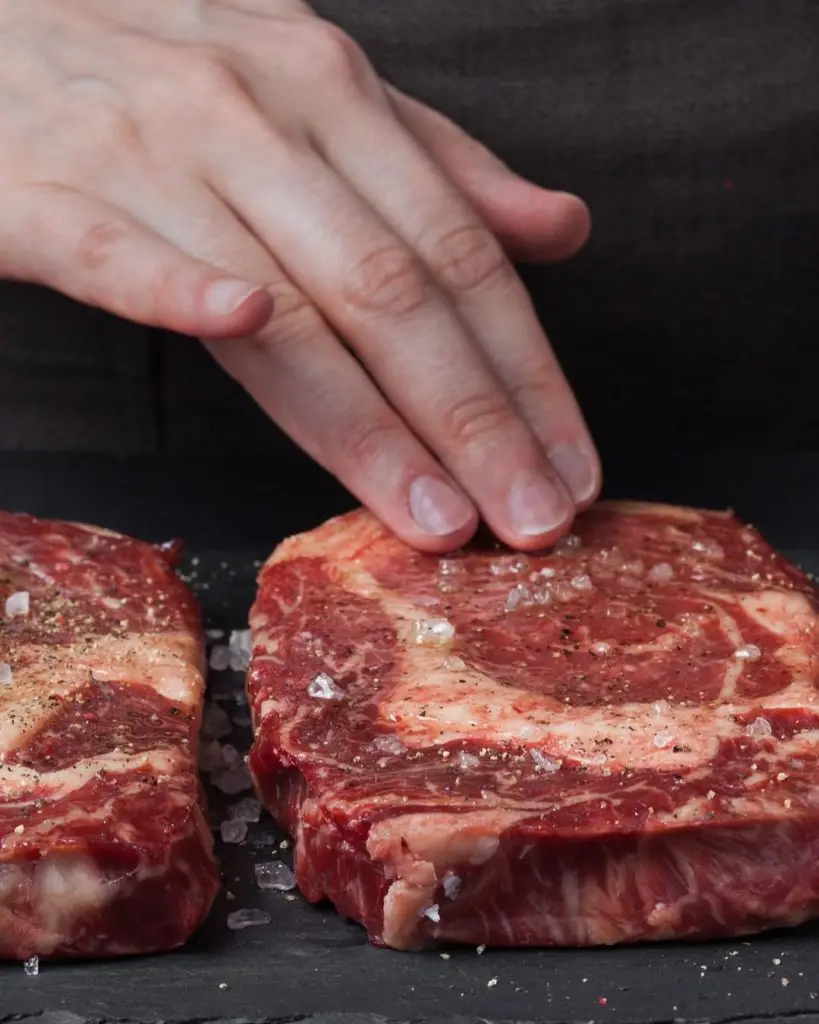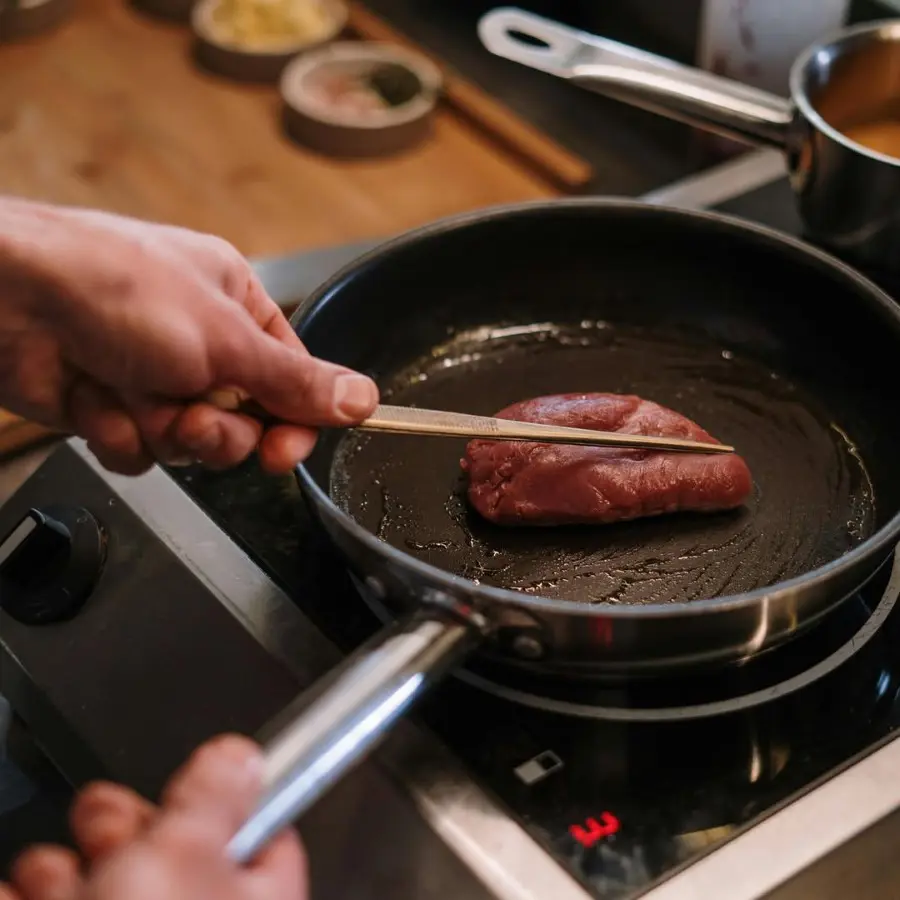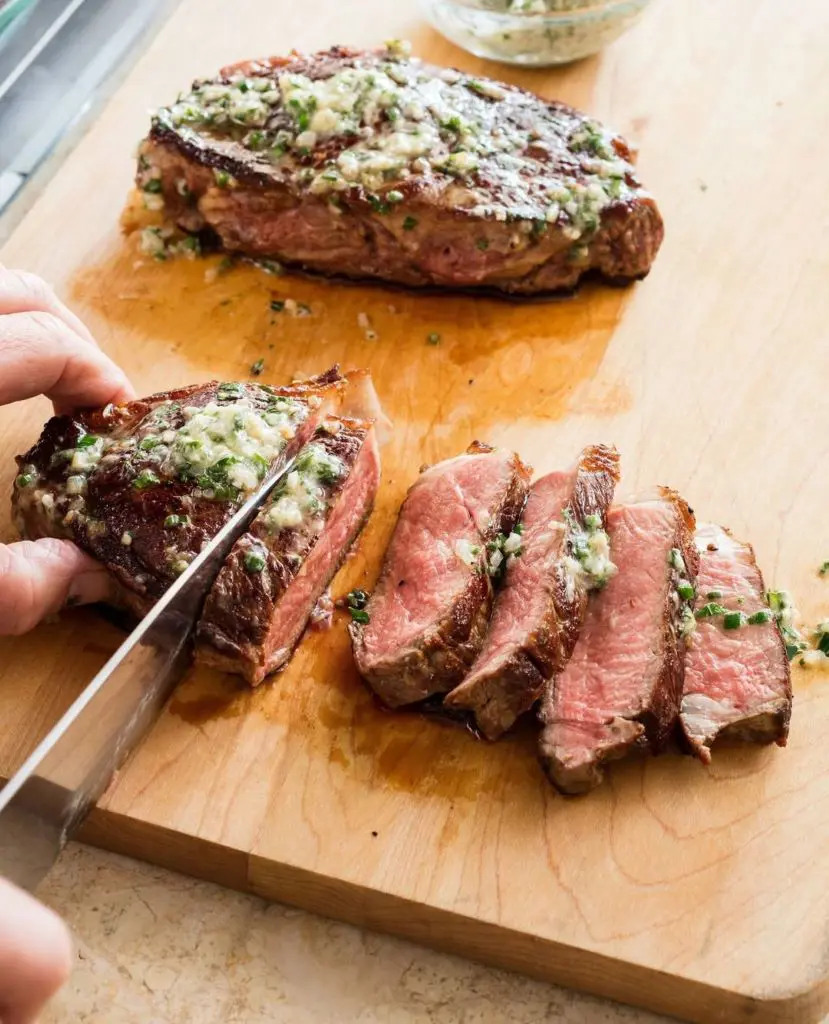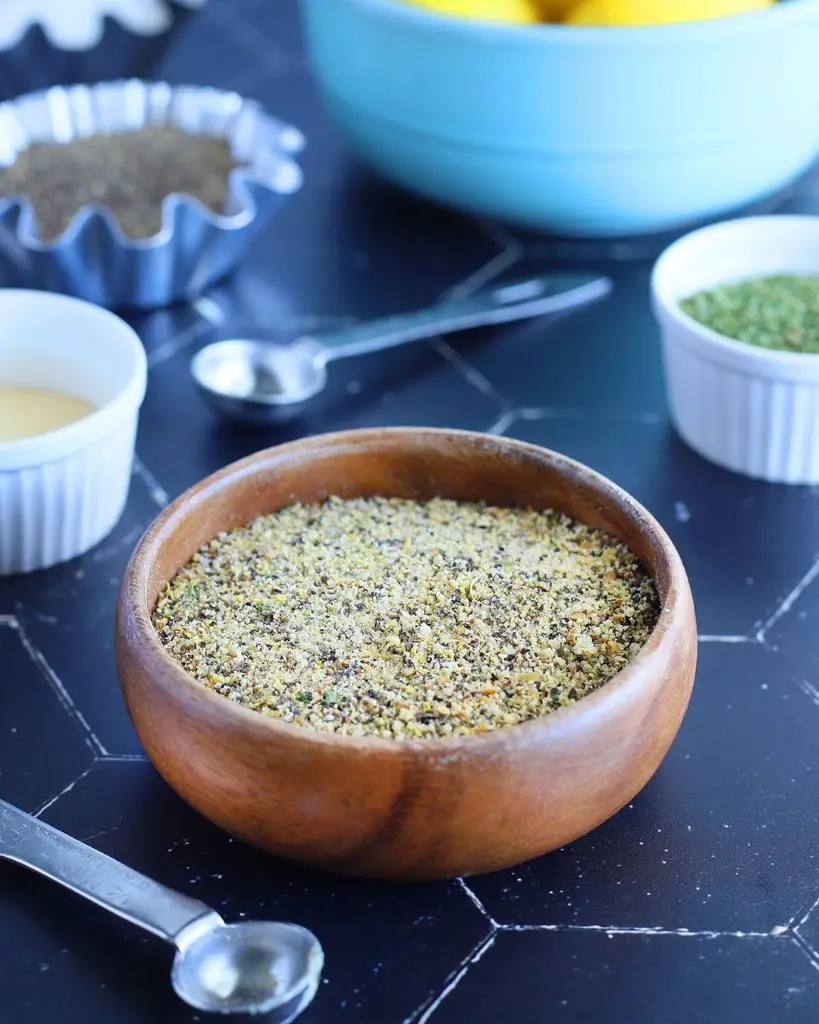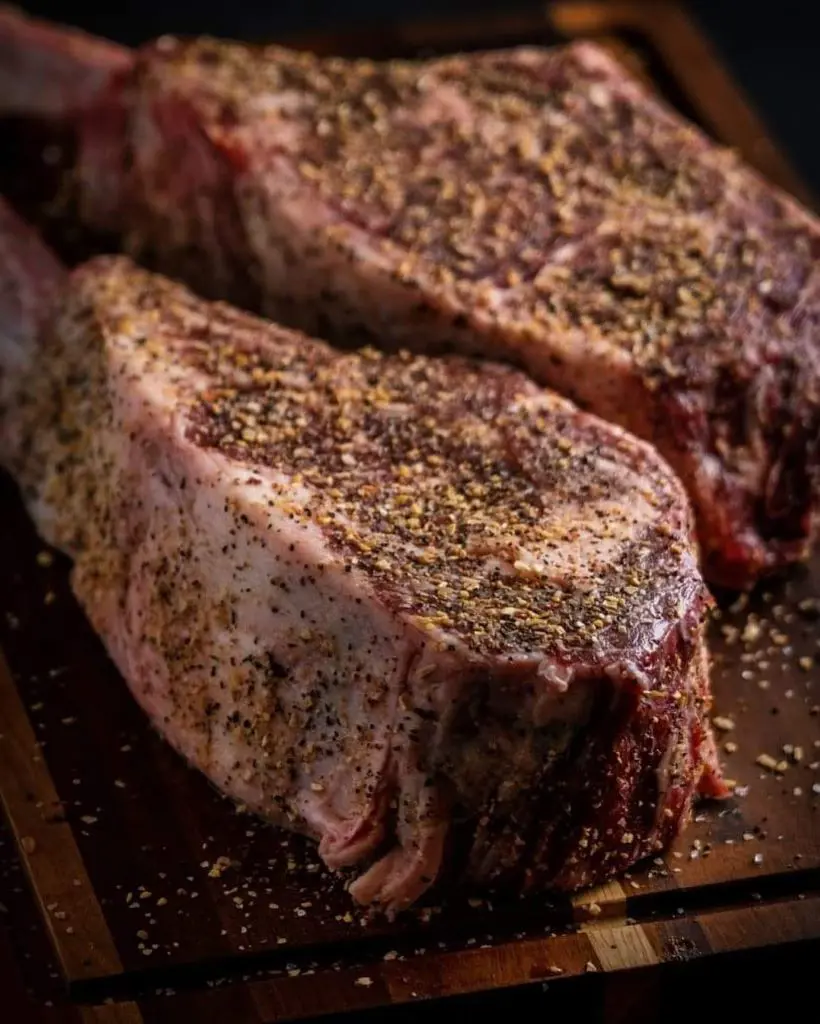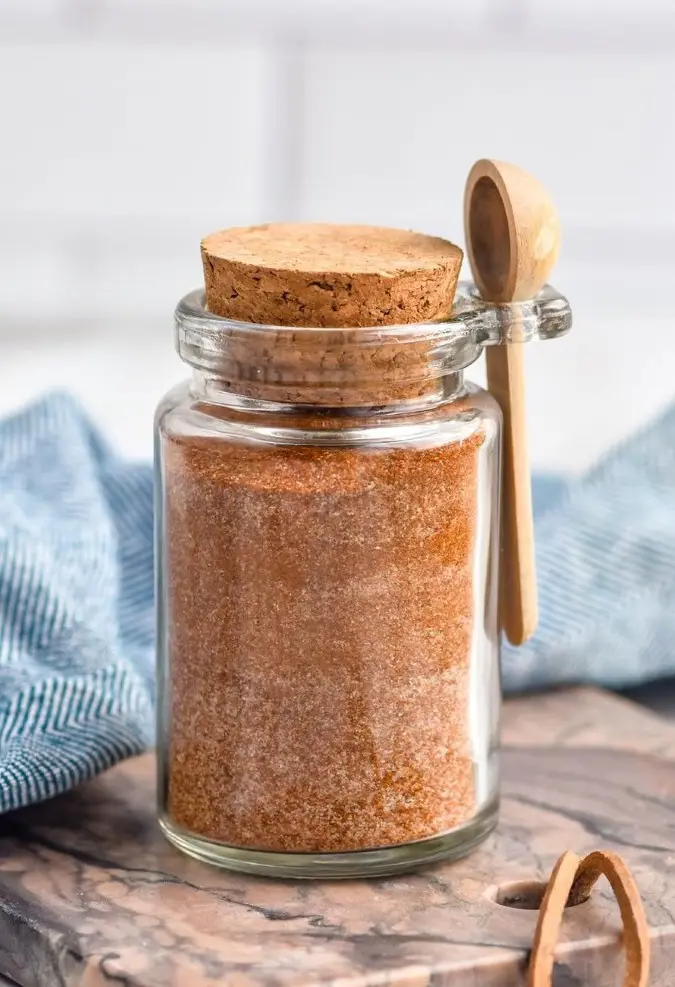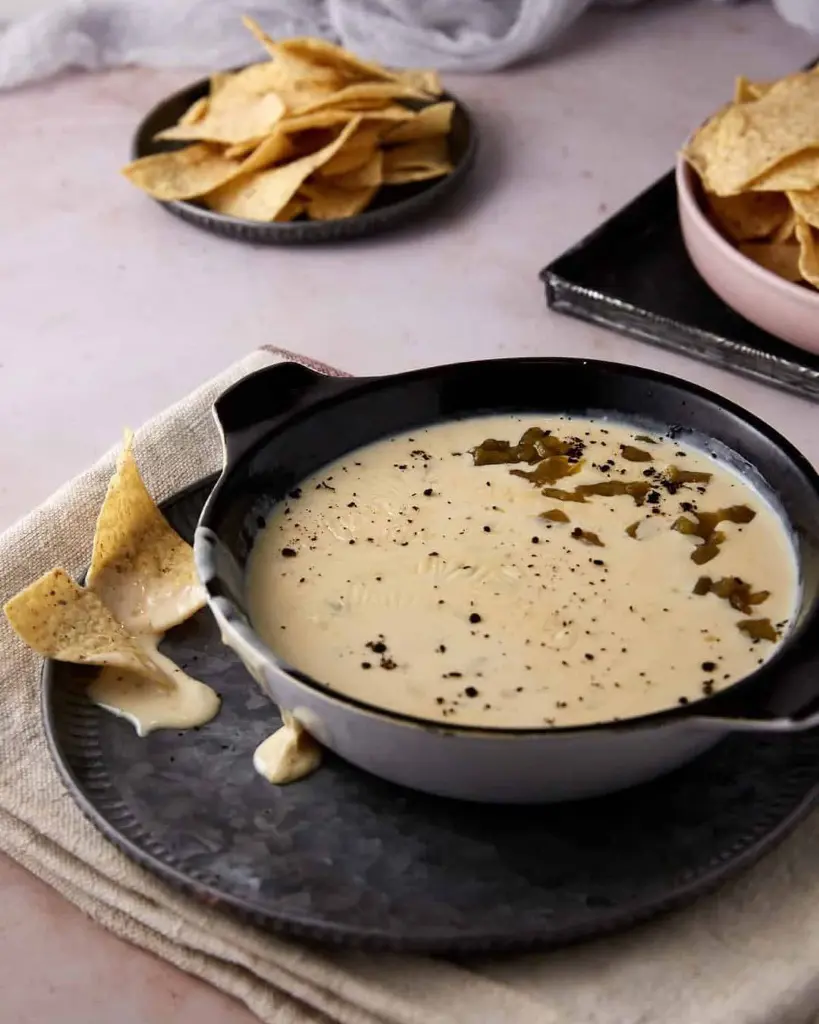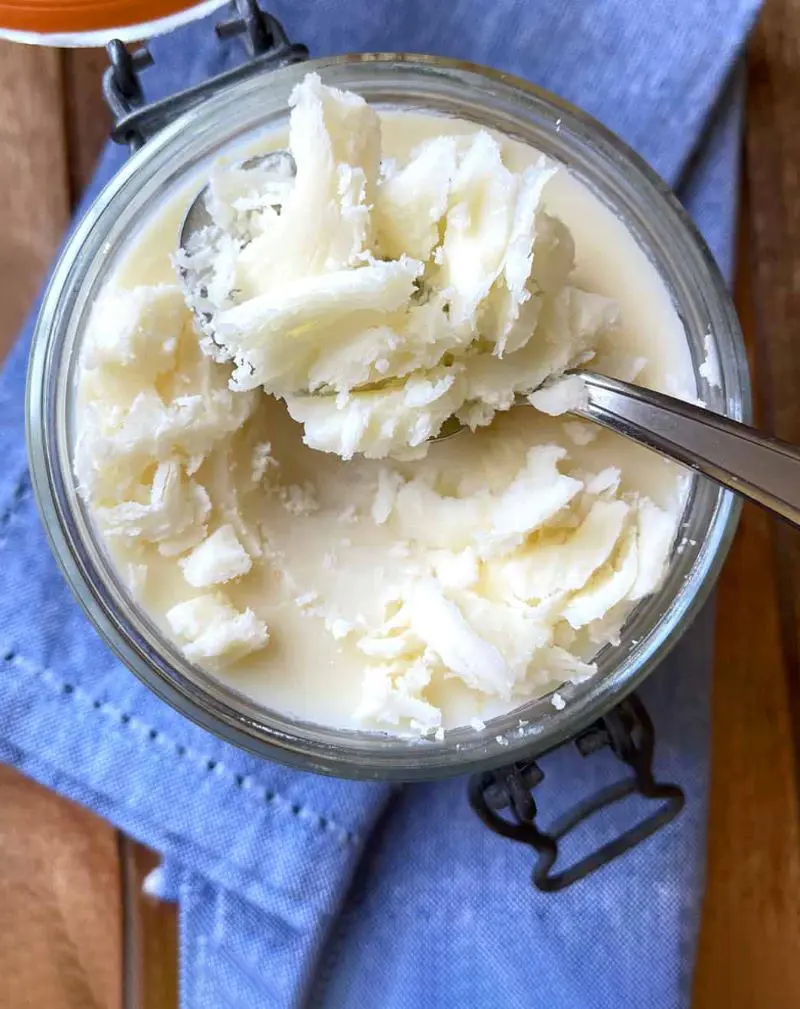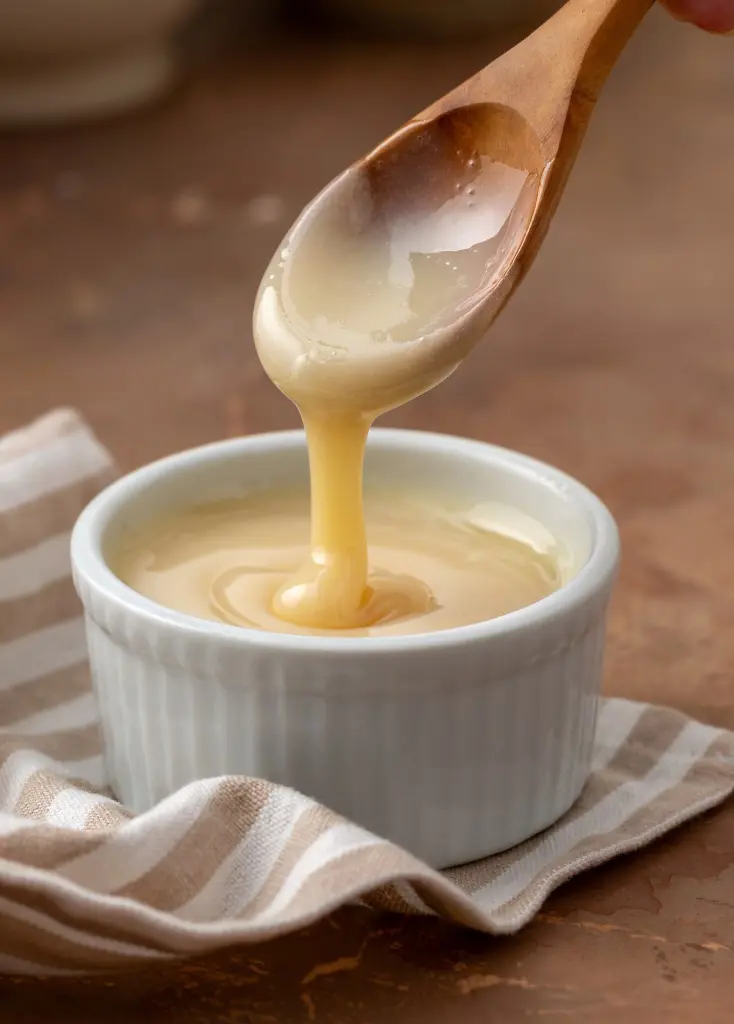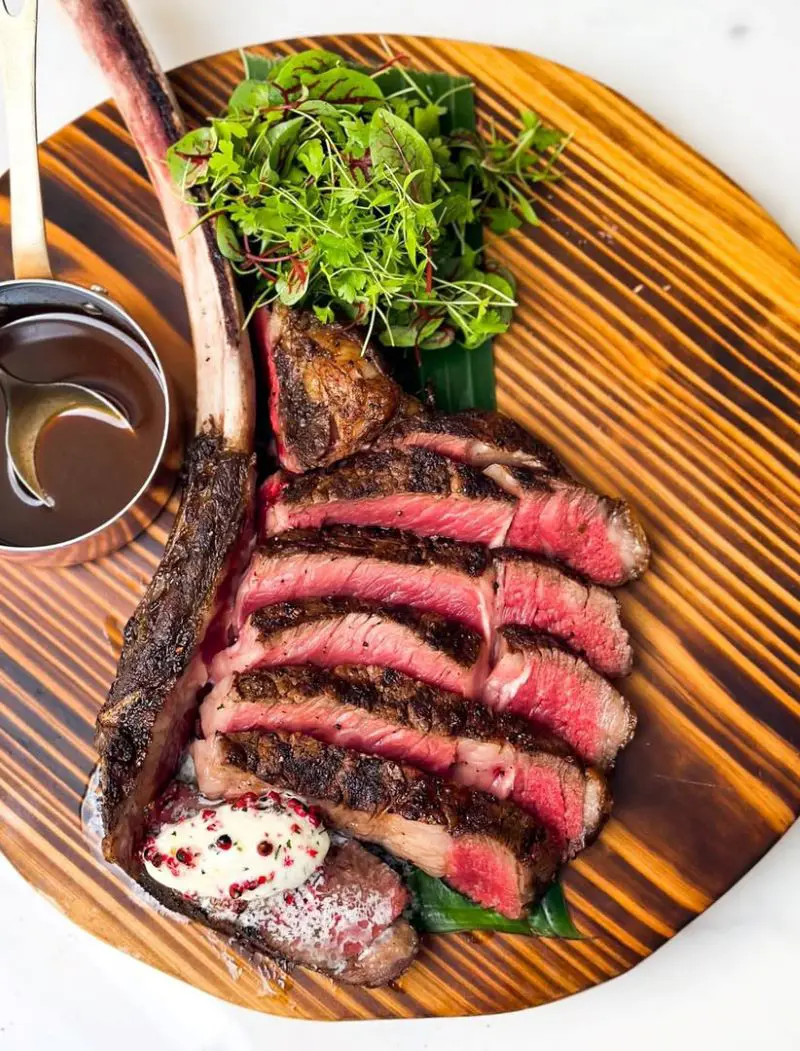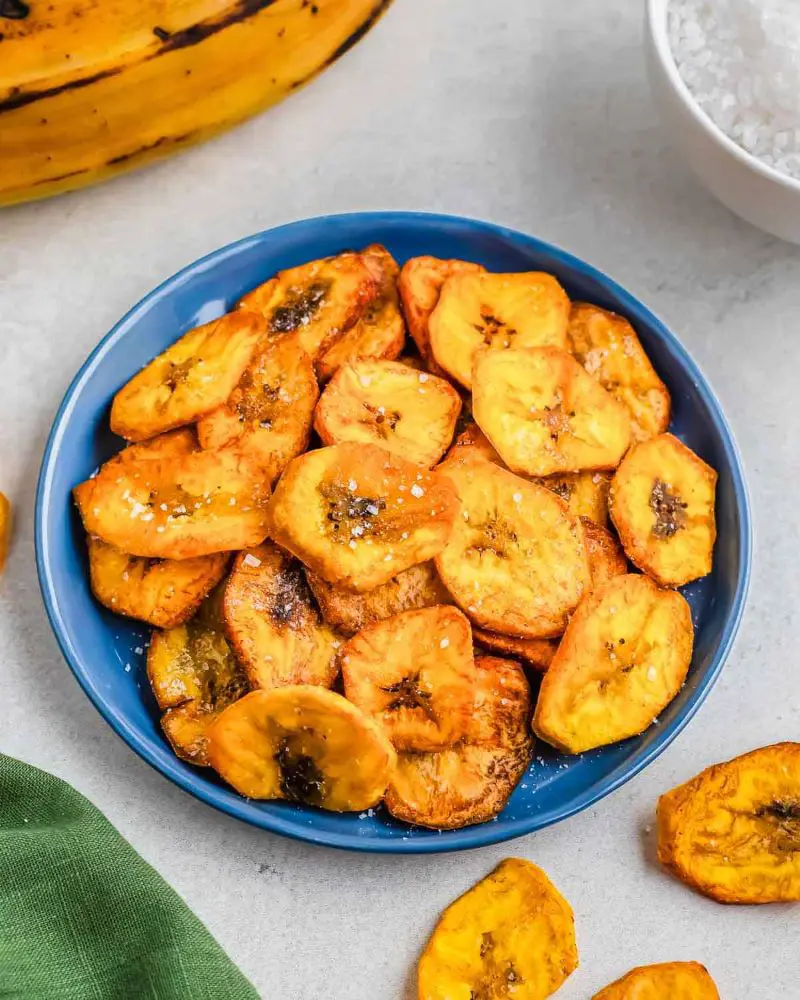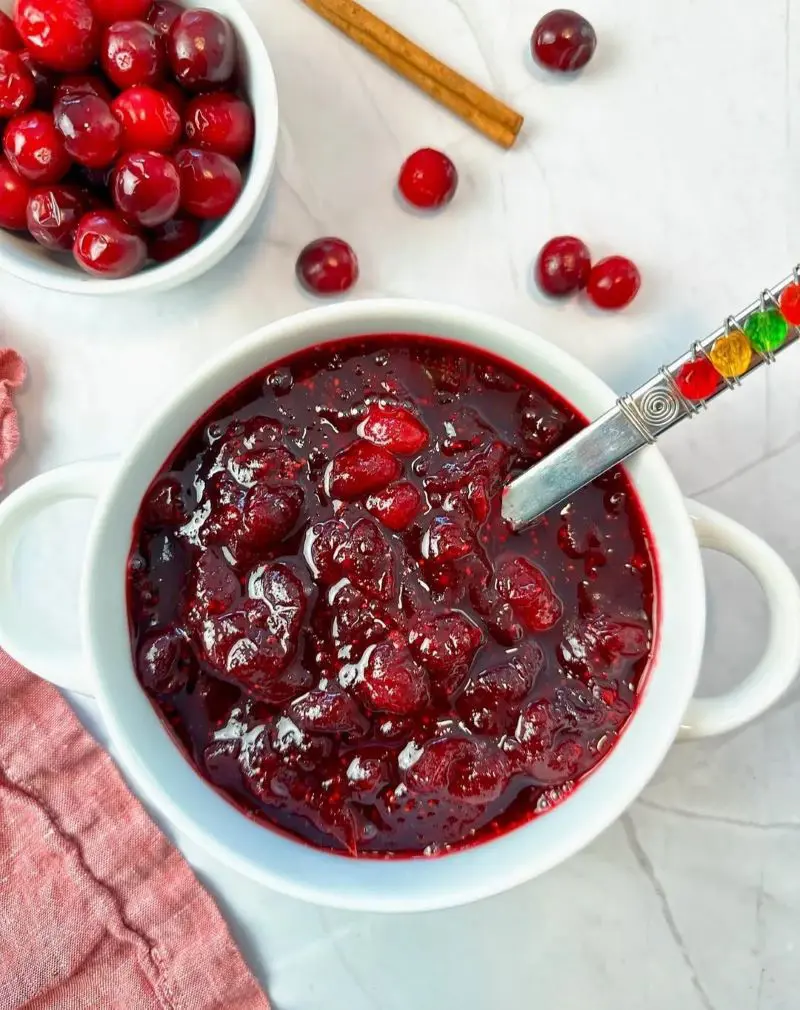When to Season Steak
Getting the right time to season steak makes every bite taste better. Adding salt and spices at certain times changes how meat cooks and tastes. Here's what to know about seasoning steak.
Salt belongs on steak between 1 and 24 hours before cooking starts. For each pound of meat, one teaspoon of kosher salt works best. Spread the salt across all sides of the steak, then set it inside the refrigerator without any wrapping.
This waiting time lets salt pass into the meat. The cold air dries the outside of the steak, which makes cooking go faster and creates a nice brown color.
Spice rubs need different timing than salt. Put spice mixes on steak just moments before it touches heat. A light coat of olive oil on the meat first makes spices stick to the surface better. The oil keeps dried spices from falling off during cooking.
Many people talk about letting steak sit at room temperature before cooking. Tests show this step doesn't change much. The meat stays close to its cold temperature even after sitting out.
Steak cooks the same whether it comes straight from the refrigerator or sits on the counter first. This means less waiting time before starting to cook.
Timing matters for seasoning steak. Salt needs hours to do its job properly. Spices go on last. Temperature doesn't need much attention.
Each of these steps adds up to making steak taste great without extra work. The meat comes out tasting just right when following these simple timing rules. Seasoning becomes easy once these basic steps become part of cooking steak at home.
